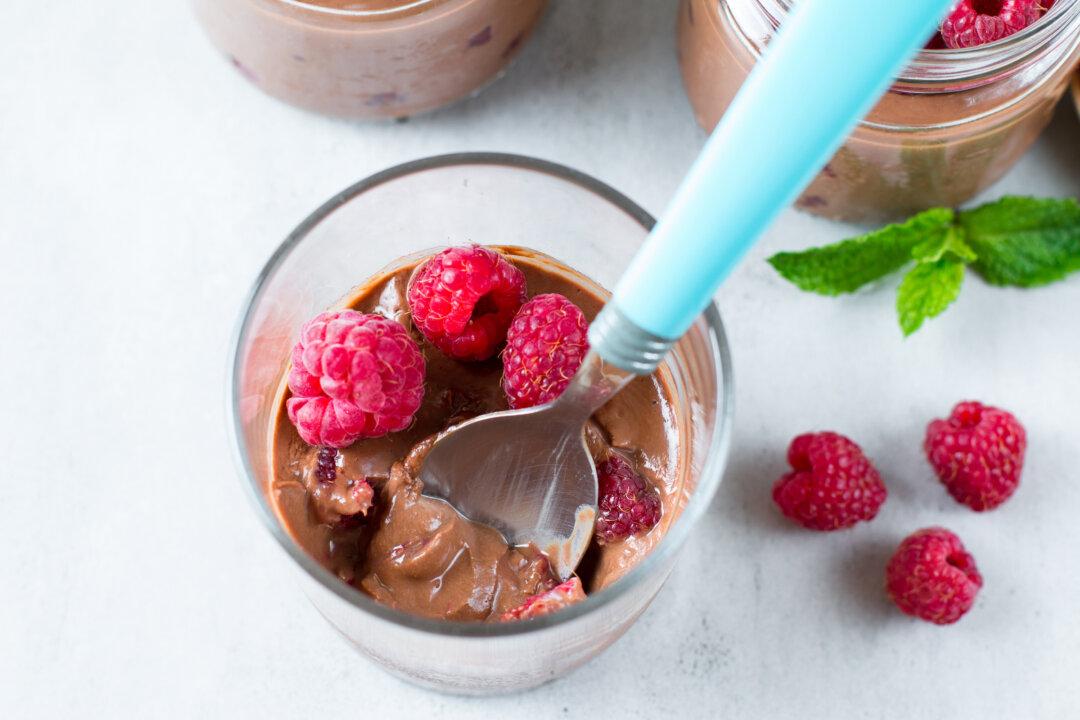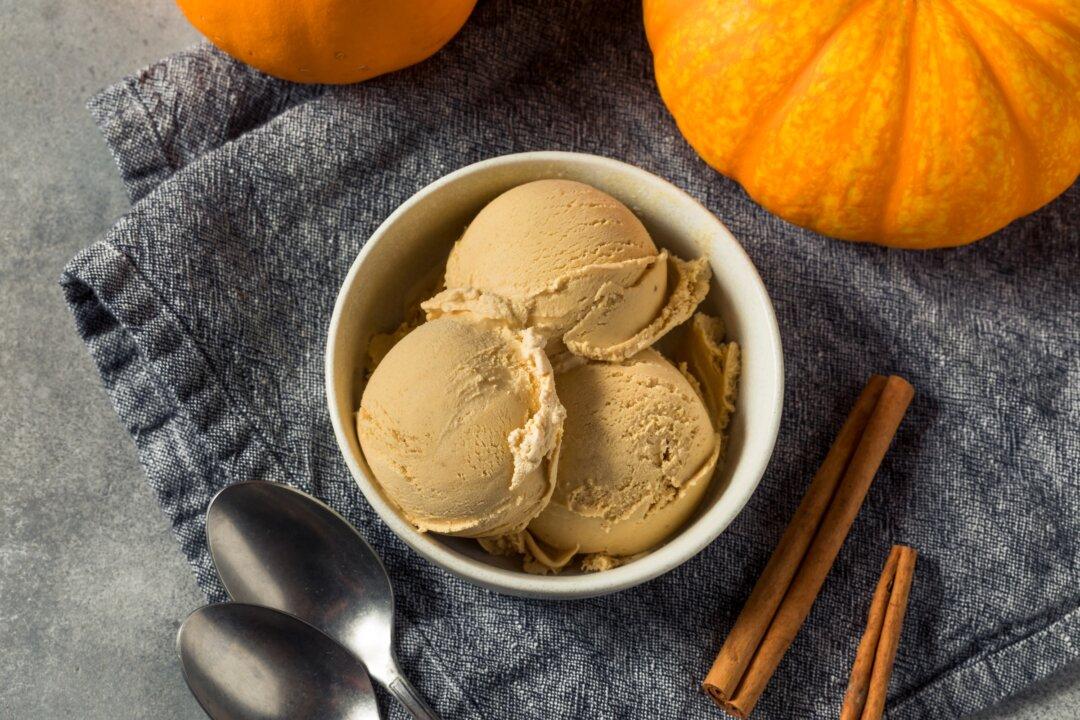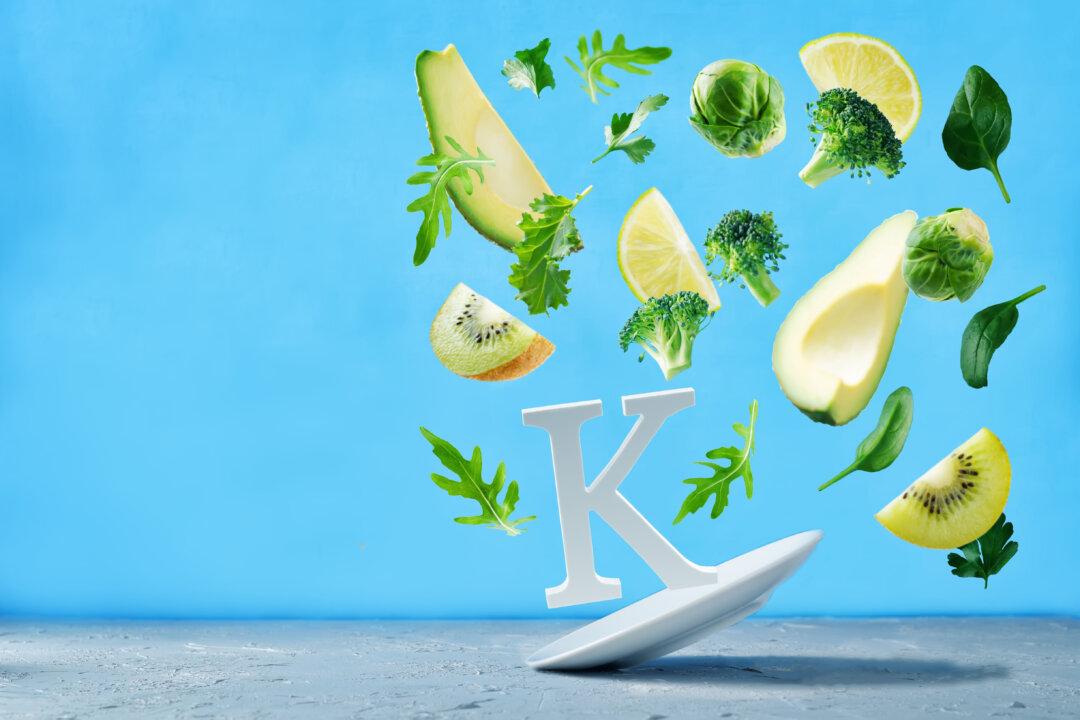For years, I have recommended making the salad the main dish, and here’s why:
Eating large salads is an effective weight-loss strategy. Raw leafy greens contain less than 100 calories per pound, so you can eat huge quantities of these healthful foods with almost no caloric impact. Leafy greens and other raw vegetables are bulky and rich in fiber, which promotes satiety and blunts appetite. For those who desire to lose large amounts of weight, eating a large salad at the start of lunch and dinner is extremely helpful. It has been shown in scientific studies that women who started their lunch with a salad consumed fewer calories from the rest of the meal; plus, larger salads had greater calorie-reducing effects.
Salads provide powerful health benefits—especially with the right kind of dressing.
High intake of salad, leafy greens or raw vegetables has been linked to reduced risk of heart attack, stroke, diabetes and several cancers. Cruciferous leafy greens often used in salads such as kale, arugula and cabbage are rich in anti-cancer and cardioprotective compounds. Lettuces are rich in antioxidant phytochemicals such as carotenoids and quercetin and eating lettuce has been shown to increase blood antioxidant capacity.
There is an important issue to note here, the maximal benefits of leafy greens can only be realized if their phytochemicals are efficiently absorbed. Beneficial fat-soluble phytochemicals, like carotenoids, can only be adequately absorbed in the presence of fats. This means that using a fat-free dressing severely limits the health benefits you could obtain from your salads.
However, I don’t recommend adding oil to salads in order to absorb the carotenoids; oils are calorie-dense, nutrient-depleted processed foods. Adding hundreds of empty calories to one’s salad counteracts the negative caloric effect of the raw vegetables and promotes weight gain—and excess weight increases the risk of heart disease and cancer. This is why I recommend nut-based and/or seed-based salad dressings. Nuts and seeds are high in fat, but they are extremely healthful foods. With this type of dressing, you get healthy fats to absorb the carotenoids, plus all the additional health benefits that come along with eating nuts and seeds regularly, like lower cholesterol, enhanced endothelial function and reduced risk of heart disease. Plus, nuts and seeds provide additional satiating power to salads, which contributes to maintaining a healthy weight. Many studies have now confirmed that eating nuts and seeds as part of a meal, contrary to popular belief, does not promote weight gain. Blending nuts, seeds, fruit, vinegar, herbs and spices into a salad dressing not only makes your salad taste great, but increases its nutritional value.
No time to make homemade salad dressings? That’s why I created my own line of healthful salad dressings. Not everyone has the time to make their own nut-based dressings all the time, and it is certainly helpful to keep some healthy dressing on hand for busy evenings and quick meals. There are simply no readily available salad dressings on grocery store shelves that are healthful enough; most are loaded with oil, salt, and/or sugar. So, I designed a line of salad dressings made from natural whole foods and nothing more—healthy fats from raw nuts and seeds and great flavor from vinegars, fruit, herbs and spices.
So, eat more salad, every day and get healthier and healthier in every way!
This article was originally published on www.drfuhrman.com. Read the original here.
*Image of “salad“ via Shutterstock






